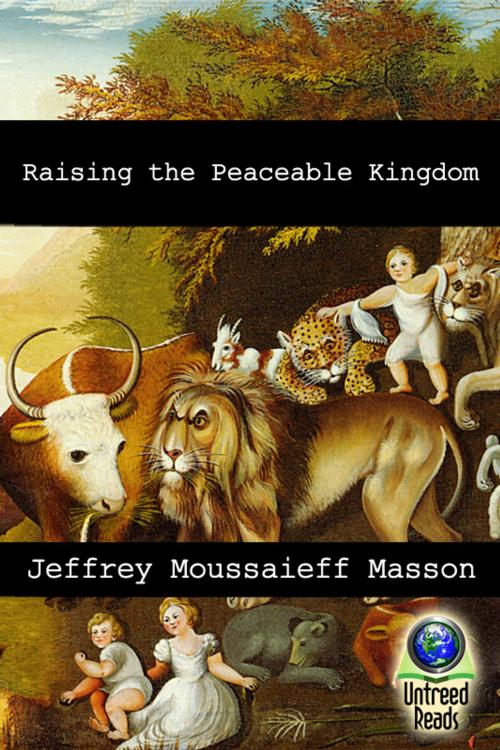Raising the Peaceable Kingdom
Nonfiction, Health & Well Being, Psychology, Social Psychology, Interpersonal Relations| Author: | Jeffrey Moussaieff Masson | ISBN: | 9781611873603 |
| Publisher: | Untreed Reads | Publication: | June 14, 2012 |
| Imprint: | Language: | English |
| Author: | Jeffrey Moussaieff Masson |
| ISBN: | 9781611873603 |
| Publisher: | Untreed Reads |
| Publication: | June 14, 2012 |
| Imprint: | |
| Language: | English |
“I did not want to fail, because the stakes were too high. After all, I was after nothing less than the secret of human harmony.” The challenge that bestselling author Jeffrey Moussaieff Masson set for himself was formidable: to create a true interspecies peaceable kingdom within his own household. He hoped to learn if several different speciessome, natural enemiesraised together from an early age could live peacefully side by side. So he took into his home seven young animalsa kitten, a rabbit, two rats, two chickens, and a puppyand set about observing the whole process of socialization (or non-socialization) from the very beginning. The initial results were mixed. Tamaiti, the kitten, made herself instantly comfortable, but Hohepa, the Flemish giant rabbit, remained inscrutably reserved. Kia and Ora, the rats, slept all day and became active at night. Moa and Moana, the Polish frizzle chickens, bonded with each other but to no one else. Mika, the stray pup, barked much too much. But as the hours and days passed in this never-before-attempted environment, the animals began to change in startling ways, as Masson wondered which animals would bond, and which would recoil from one another? Can animals, including humans, truly change when direct experience tells them its safe to do so? Would the experiment end in triumph, or in tragedy? Raising the Peaceable Kingdom poses universal questions weve all had about relationships, social strife, and peaceful coexistence. In its intimations of the potential for planetary harmony, this elegantly written book is a work of major significance. As a unique account of life in an interspecies community, it offers unmitigated enchantment, joy, and delight.
“I did not want to fail, because the stakes were too high. After all, I was after nothing less than the secret of human harmony.” The challenge that bestselling author Jeffrey Moussaieff Masson set for himself was formidable: to create a true interspecies peaceable kingdom within his own household. He hoped to learn if several different speciessome, natural enemiesraised together from an early age could live peacefully side by side. So he took into his home seven young animalsa kitten, a rabbit, two rats, two chickens, and a puppyand set about observing the whole process of socialization (or non-socialization) from the very beginning. The initial results were mixed. Tamaiti, the kitten, made herself instantly comfortable, but Hohepa, the Flemish giant rabbit, remained inscrutably reserved. Kia and Ora, the rats, slept all day and became active at night. Moa and Moana, the Polish frizzle chickens, bonded with each other but to no one else. Mika, the stray pup, barked much too much. But as the hours and days passed in this never-before-attempted environment, the animals began to change in startling ways, as Masson wondered which animals would bond, and which would recoil from one another? Can animals, including humans, truly change when direct experience tells them its safe to do so? Would the experiment end in triumph, or in tragedy? Raising the Peaceable Kingdom poses universal questions weve all had about relationships, social strife, and peaceful coexistence. In its intimations of the potential for planetary harmony, this elegantly written book is a work of major significance. As a unique account of life in an interspecies community, it offers unmitigated enchantment, joy, and delight.















